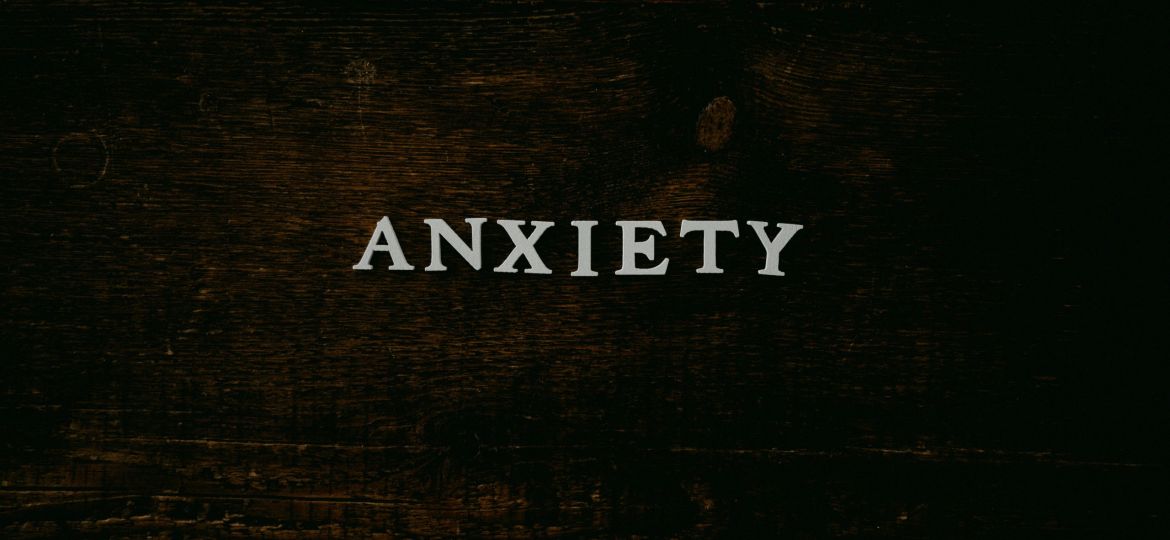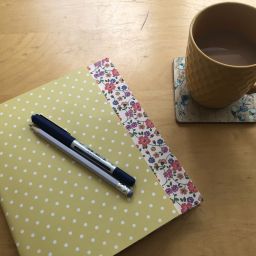
Have you ever asked the question, “How can I get rid of my anxiety?” If so, you are not alone. It’s a question I’ve been asked many times. It’s a really understandable wish, to get rid of something that is so troubling, and can make life feel very difficult at times. But whenever I am asked this, I try to offer an alternative perspective by reframing the question to, “How can I manage my anxiety?”
In this post, I have the pleasure of sharing a blog written by Erika Kovacs-Peter, an experienced counsellor who is passionate about helping adults to break free from the anxiety that developed in their childhoods. Erika gives us a clear and helpful explanation of what anxiety is, why it’s not an enemy that we need to fight and what we can do instead.
The suggestion I want to make here for managing anxiety may sound counterintuitive, but
please bear with me.
We often view anxiety as an enemy to fight off. This is understandable because anxiety feels
uncomfortable, even unbearable at times, and interferes with our lives. It can stop us from
socialising, pursuing our dream partners or careers, or thinking clearly in important
moments.
However, viewing it as an enemy makes it harder to manage it. Here’s why. The insufferable
sensations we feel during anxiety—thumping heart, laboured breathing, dry mouth, tense
muscles, restlessness, fixation on scary thoughts, etc.—are triggered by something that
seems dangerous or harmful to the amygdala (the part of the brain that has the role of
detecting potential harm); we feel them because our body is getting ready to deal with this
harm. So, our anxiety is a response to a perceived danger. By seeing anxiety as our enemy
and berating ourselves for feeling it, we create a second source of “danger” that our body
wants to deal with. And this triggers a second layer of the stress response, making our
anxiety even more unbearable.
So, how can we NOT see anxiety as an enemy, and thus wind it down instead of winding it
up?
1. Recognize Anxiety as a Protector
Anxiety is not our enemy. Its role, its mission, is to protect us. Our amygdala, the brain’s “smoke detector”, perceives some threat and triggers physiological changes that prepare us
to act in the face of this threat. When we feel anxious, it is these changes that we feel. They
are uncomfortable for a reason—to motivate us to deal with the threat, even if this threat is
only perceived, not real. Instead of attempting to fight it off angrily, try appreciating this
protective intention. Just experiment with it. I know it’s hard when you’re in the throes of
anxiety, but it’s worth a try.
2. Show Compassion to Your Body
When you’re anxious, your body is working very hard to prepare you for danger. Your
nervous system, hormonal system, vital organs, muscles, everything in your body is
mobilised. It may help to picture your heart thumping, lungs expanding and contracting,
blood rushing to your muscles, and your muscles tensing up ready for running or
fighting—like a complex engine working at full speed. This is tiring and demanding work. And
your body deserves compassion for this effort. Notice what it’s doing while you’re feeling
anxious and approach it with kindness for all the hard work it’s doing to protect you.
3. Relate to Yourself with Kindness
We often get cross with ourselves because we know that the “danger” triggering our anxiety
is only perceived, not real. This discrepancy between what we know and how we feel makes
us angry with ourselves. But consider this: when a child is afraid of the dark, and we as
adults know that the dark is not dangerous, do we shout at them, judge, despise, or criticise
them? No. We comfort them with kindness and patience. We sit with them, allow them to
express what they are afraid of, talk with them in a calming voice, and embrace them with
warmth and understanding until their fear eases.
The relationship between the amygdala and the thinking part of the brain is, in a way, like the
relationship between a child and an adult. The amygdala triggering your anxiety reacts with
emotions, while the thinking part is capable of discernment; it knows that darkness doesn’t
equal danger. They are two different parts of the brain. This is why we can FEEL anxiety and
KNOW that there’s nothing to fear at the same time. So, could you relate to your anxious self
with the same compassion, understanding, and patience as you relate to an anxious child?
Could you HELP your body calm down instead of trying to subdue it by shouting, “Just calm
down!”?
Encouraging my clients to peel off the anger they feel for being anxious is foundational. It
sets the stage for other anxiety management techniques: breathing exercises, body
awareness, inquiring into the needs their anxiety is pointing towards, and exploring the root
causes of their anxiety. I hope you’ll find this more compassionate view of your anxiety and
yourself useful when trying to manage your anxious feelings.
I hope you found Erika’s post as helpful as I did. You can read more about Erika and her work here.
And if learning to manage your anxiety is something you’d like a little help with, you can contact me on hannahflowerscounselling@gmail.com or through the contact form.








